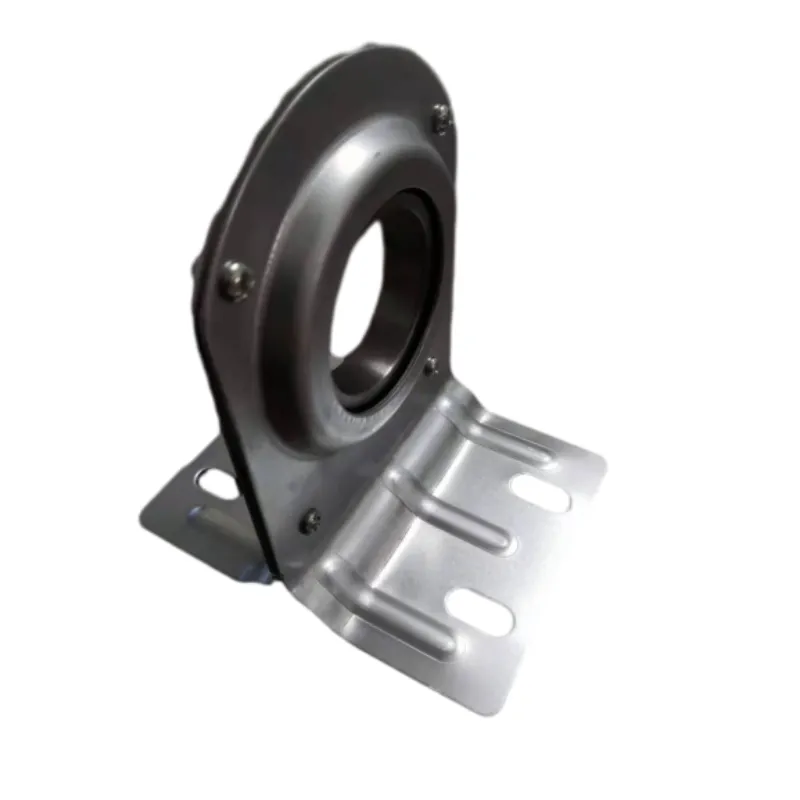
Oct . 22, 2024 11:53 Back to list
6305 zz
Unveiling the Mystery of 6305 ZZ Bearings
In the world of machinery and engineering, precision and reliability are paramount. One component that exemplifies this requirement is the 6305 ZZ bearing. These bearings are widely recognized for their robust design and impressive performance, making them a popular choice in various applications. In this article, we will delve into the features, applications, and advantages of the 6305 ZZ bearing.
Unveiling the Mystery of 6305 ZZ Bearings
One of the primary advantages of the 6305 ZZ bearing is its versatility. These bearings are commonly used in various industries, including automotive, industrial machinery, and household appliances. In the automotive sector, for example, they can be found in electric motors, wheels, and gearboxes. In industrial applications, they play a crucial role in conveyor systems, pumps, and fans. Their ability to handle both radial and axial loads makes them suitable for a wide range of mechanical systems.
6305 zz

Furthermore, the 6305 ZZ bearing offers excellent performance characteristics. With a maximum speed rating of approximately 12,000 RPM, they can operate efficiently under high rotational speeds. The inner and outer rings are made of high-quality steel, providing a balance of hardness and toughness, which prevents wear and prolongs the lifespan of the bearing.
Installation of the 6305 ZZ bearing is relatively straightforward, making them a favorite among engineers and technicians. The bearings can be pressed into a housing or fit onto a shaft securely, ensuring a perfect alignment for optimal functionality. Additionally, their standard dimensions make them easily replaceable, further enhancing their appeal.
In conclusion, the 6305 ZZ bearing is a prime example of engineering excellence. Its design, coupled with its versatility and performance, allows it to meet the demands of modern machinery across various industries. Whether in critical manufacturing processes or household equipment, the 6305 ZZ bearing continues to play a vital role in ensuring smooth and efficient operations. As technology advances, the significance of such fundamental components will undoubtedly remain essential to the progress of engineering and manufacturing.
Latest news
-
Durable Greenhouse Pillow Block Bearings for Reliable Ventilation
NewsAug.31,2025
-
Spherical Roller Bearings Applications: Heavy Duty, Self-Aligning
NewsAug.30,2025
-
Premium Deep Groove Ball Bearings | High Speed & Reliability
NewsAug.29,2025
-
Durable Scaffolding Clamps - Secure & Reliable Tube Connectors
NewsAug.28,2025
-
Common Failures in Thrust Ball Bearings and Solutions
NewsAug.22,2025
-
How Tapered Roller Bearings Can Take Shock Loads
NewsAug.22,2025
